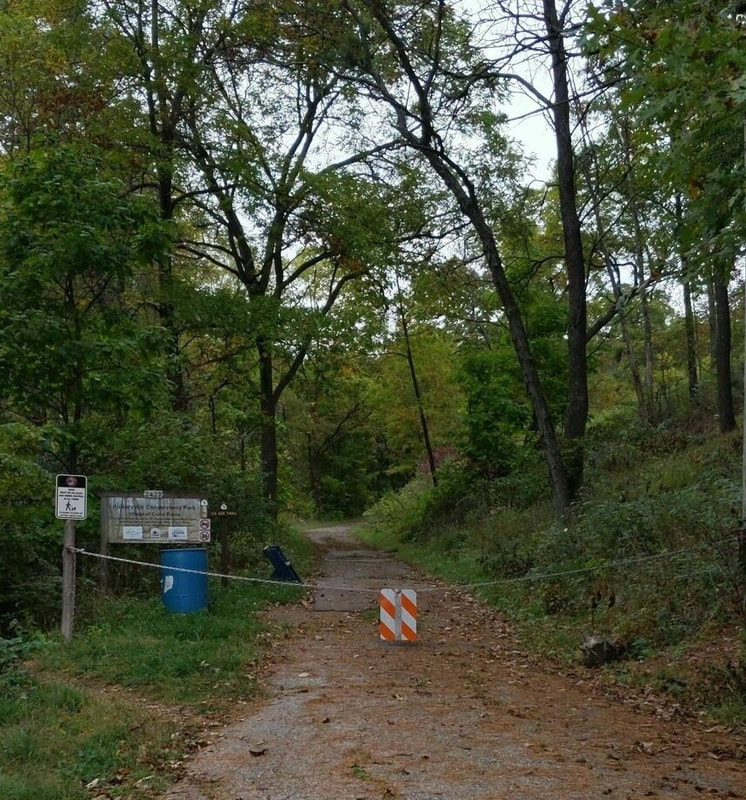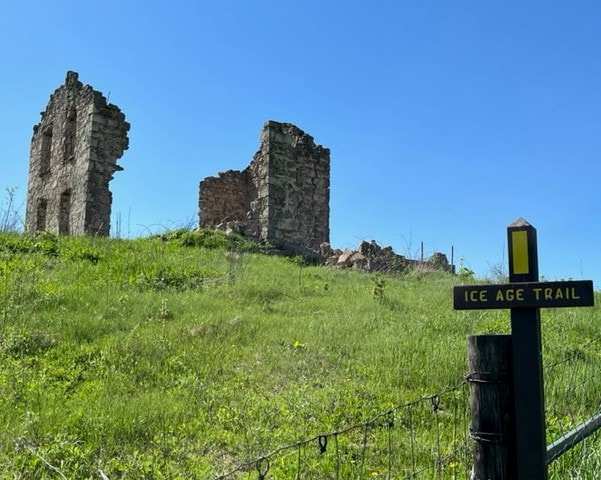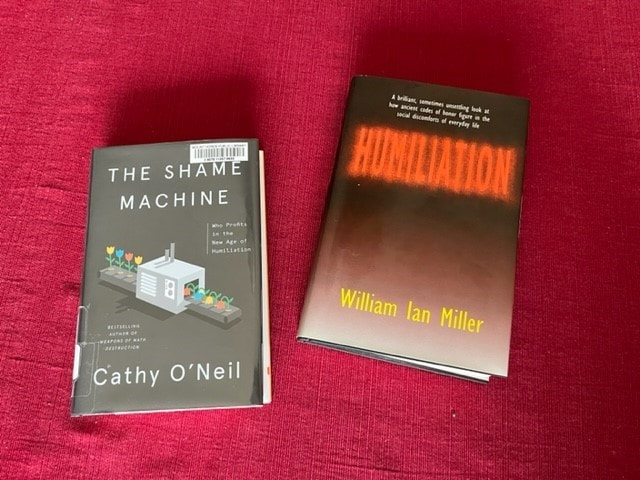|
Memorial Day and Labor Day mark the unofficial beginning and end of summer. They’re days to grill out, watch sports, and celebrate an extended weekend with family or friends. According to my late mother-in-law, they were the first and last acceptable days to wear white. Days to give our war dead and our workers a passing thought.
The Civil War killed more Americans than any other war in history. In village after village, the bereaved brought spring flowers to decorate their graves. Over time Decoration Day became a widespread state and local holiday, extended to later wars, and evolved into the federal Monday holiday called Memorial Day. Wartime losses no longer pervade whole communities as they did in the Civil War. We have fewer graves to visit. Each new one still represents a tragedy. Am I the last person in the U.S. to hear of the National Moment of Remembrance? It started in 2000 by presidential proclamation and then federal law, designating one minute at 3:00 p.m. on Memorial Day to honor Americans who died to keep us free. According to a White House fact sheet, “3:00 p.m. was chosen because it is a time of day when most Americans are likely making the most of the freedoms we enjoy.” One minute of Taps or silence and then back to the freedoms we enjoy: to grill out, watch sports, or celebrate an extended weekend with family and friends.
0 Comments
The Ice Age Trail is blazed in yellow. White blazes mark side paths that rejoin the main trail; blue indicates spurs to points of interest.
Trailblazers are innovators, pathfinders, pioneers, firsts in any endeavor. Among these synonyms, trailblazer stands alone in its focus on marking the track to guide others. Only distantly related to the blaze of a blazing fire, the second half of trailblazer comes from the blaze or white stripe on the face of a horse. Wilderness explorers chipped away bark to leave similar white marks on trees, so later travelers could follow their route. Today they use paint or signposts. I’m thankful to the many who scout the Ice Age Trail route, acquire land rights, open and maintain the path, build boardwalks and bridges, and clear dispersed camping areas for long-distance backpackers. Perhaps most often, day hiking through unfamiliar terrain, I feel gratitude to the trailblazers who help me avoid getting lost. My three-season project for 2022 is to walk at least part of every Ice Age Trail segment within an hour’s drive from home.
Last year I hiked every City of Madison conservation park and most of the larger Dane County parks. It was a joy to explore unfamiliar places, relish natural beauty, and enlarge my mental map of the area. This year’s forays onto the Ice Age Trail promise all that and more: a deeper knowledge of how the geological past shaped Wisconsin’s landscape. I’ve long heard of the Appalachian Trail but didn’t know it was the first of many under the National Trails System Act of 1968. Wisconsin’s Ice Age Trail joined the list in 1980. Conceived by Milwaukee conservationist Ray Zillmer in the 1950s and built mostly by volunteers, the thousand-mile footpath winds along the terminal moraine of the region’s latest glacier. It runs from Door County in the east to Saint Croix Falls in the west. The trail passes through a mix of public and private lands. Negotiating the necessary agreements is a slow, arduous undertaking. More than half the projected trail is now complete, with finished segments connected by road. It’s a work in progress. My understanding of the lasting impact of the Ice Age is a work in progress too. Fury, anger, rage. Whenever life seems to settle down, some new event sets off fresh tirades. Apart from letting off steam, are tirades of any use? Can a rant help change the world?
By temperament I shy away from rants, until I erupt with one of my own. Rants tend to drag on and on in circles, long past the initial need to vent. They rarely persuade anyone who doesn’t already agree. In fact, they’re likely to leave dissenters more entrenched in their dissent. Quiet stories from personal experience may carry more influence. I’m tempted to say, enough already, ranting doesn’t help. Let’s talk solutions or move on. Yet I have to admit it’s more complicated than that. The value of a rant (if you share its viewpoint, or the danger if you don’t) lies in its power to bind and energize. It affirms like-minded listeners with a sense of rightness, community, belonging. It can stir a group to action. When you feel an irresistible urge to rant, steer clear of dissenters and undecideds until the urge passes. With allies, rant at will, if your strategic purpose is to inflame the crowd. If you just need to get your fury off your chest, best do so with a calm, patient, trusted friend who will listen till it eases. Till you’re ready to talk solutions or move on. Shame can get you shunned. Humiliation can get you killed.
Shame is a tool to enforce norms of moral behavior. It’s also a weapon to accumulate wealth and power at the expense of people in need, data scientist Cathy O’Neil writes in The Shame Machine (2022). She explores how and why we shame those who are homeless, obese, addicted, mentally ill, undocumented, or formerly incarcerated. Requests for aid run up against complex paperwork, intrusive questions, and insurance denials. Food stamps and free school lunches put hardship on public display. Who gains? Blaming social problems on personal “bad decisions” lets everyone else off the hook. Privatization boosts corporate income. For-profit prisons and weight-loss programs thrive on repeat business. Humiliation is a different matter. It’s more about pride, reciprocity, and standing in the community than about morality. In the epics of medieval Iceland, law professor William Ian Miller (Humiliation, 1993) finds a culture in which reputation is all and insult is repaid with violence. Similar traits mark the honor societies of the Old South and the urban gangland. They tinge playground bullying and adult anxiety about throwing a party to which nobody comes. Hypocrisy lies at the intersection of shame and humiliation. The politician who campaigns on family values, later revealed as a sexual predator, invites both reproach and ridicule. Humiliation is always cruel, whether or not it’s deserved. Shame, on the other hand, aimed upward at public figures who abuse their power, has potential to bring reform and reconciliation. |
AuthorI'm a historian who writes novels and literary nonfiction. My home base is Madison, Wisconsin. Archives
July 2024
|






 RSS Feed
RSS Feed